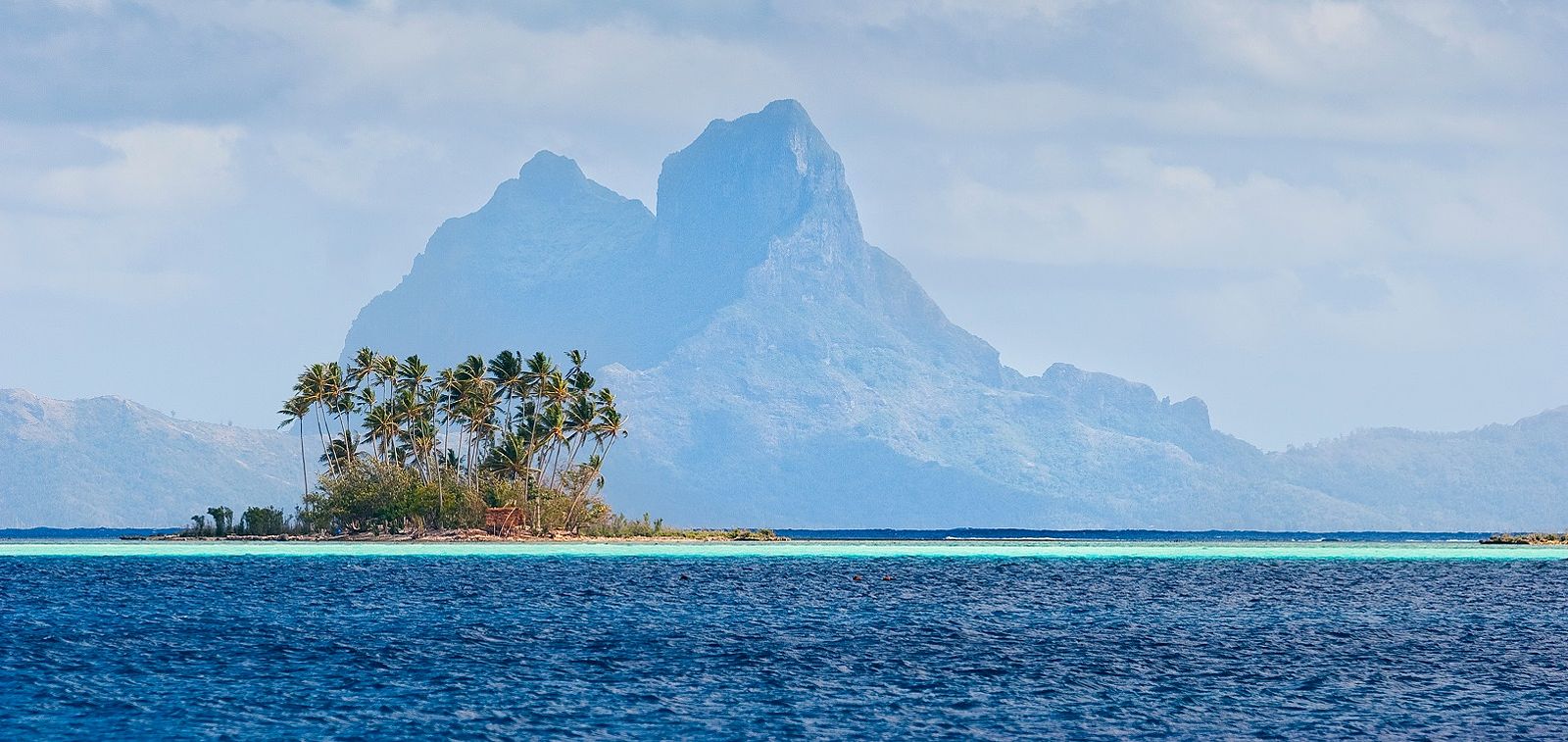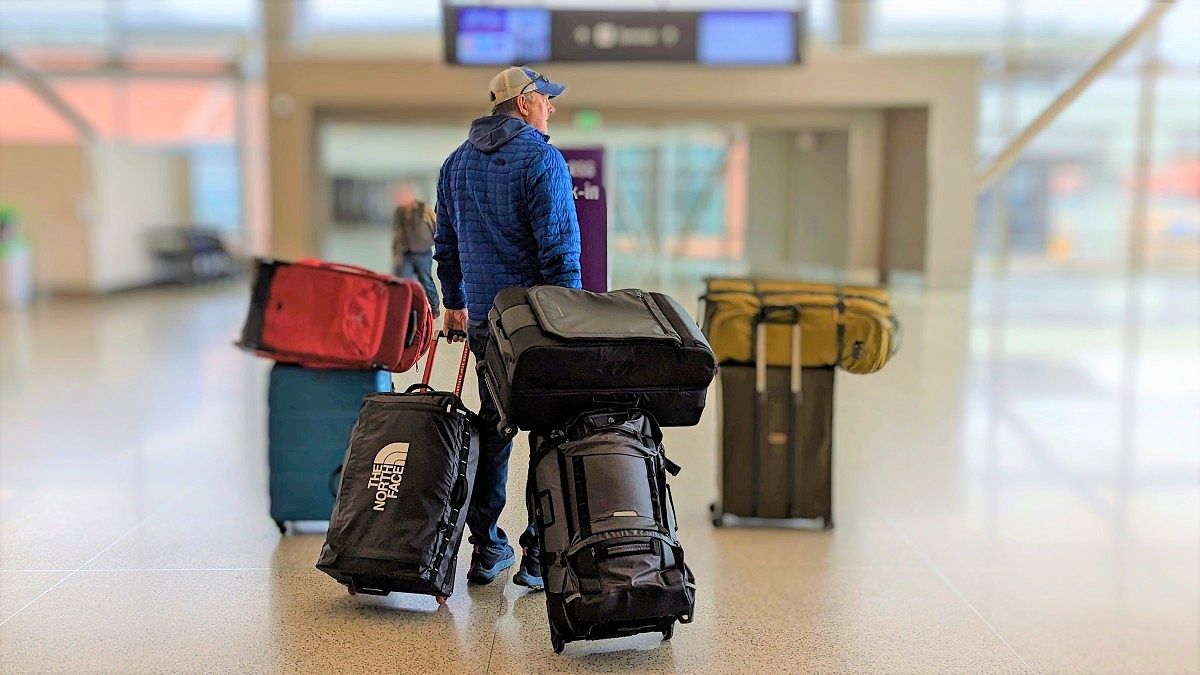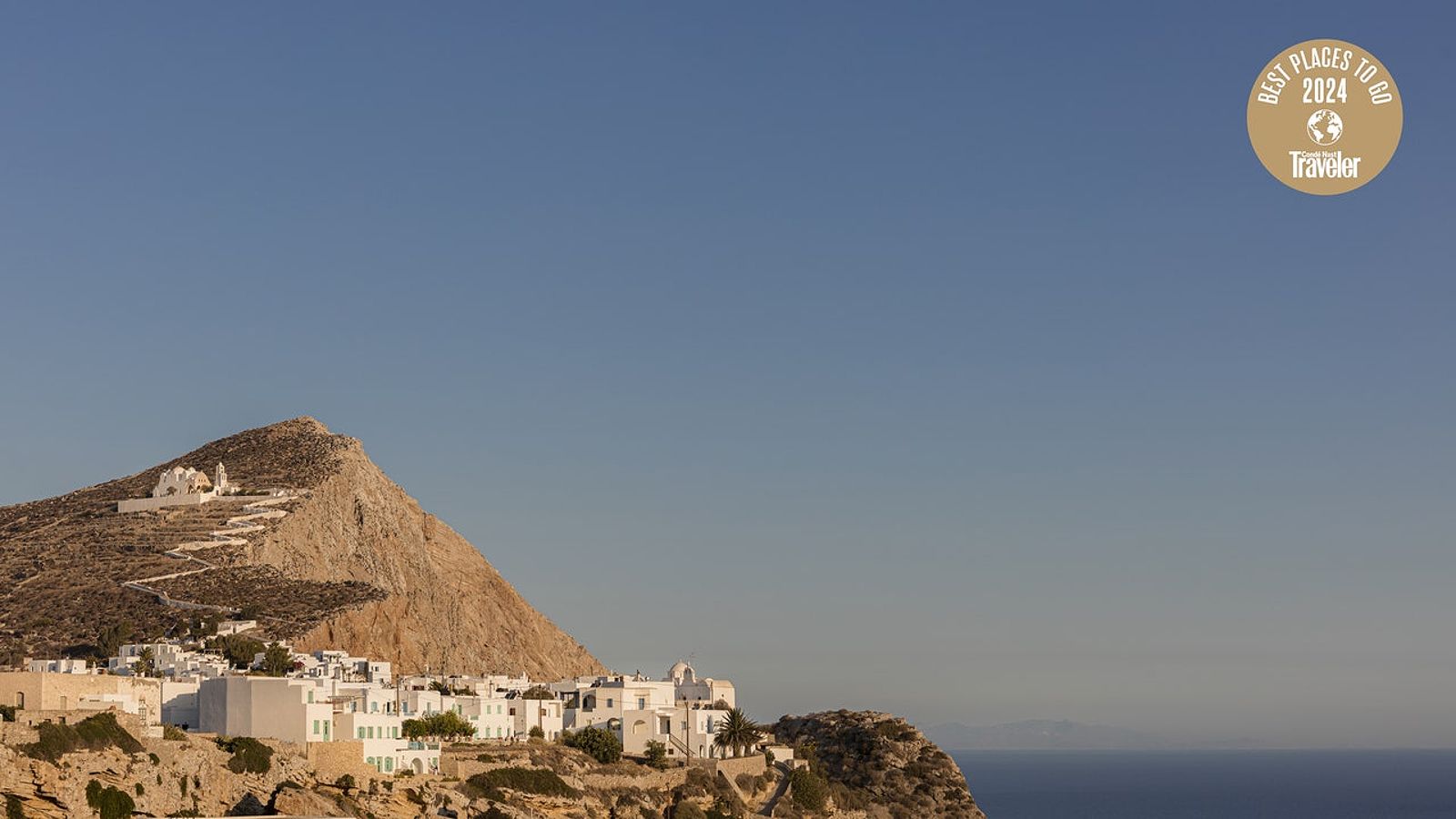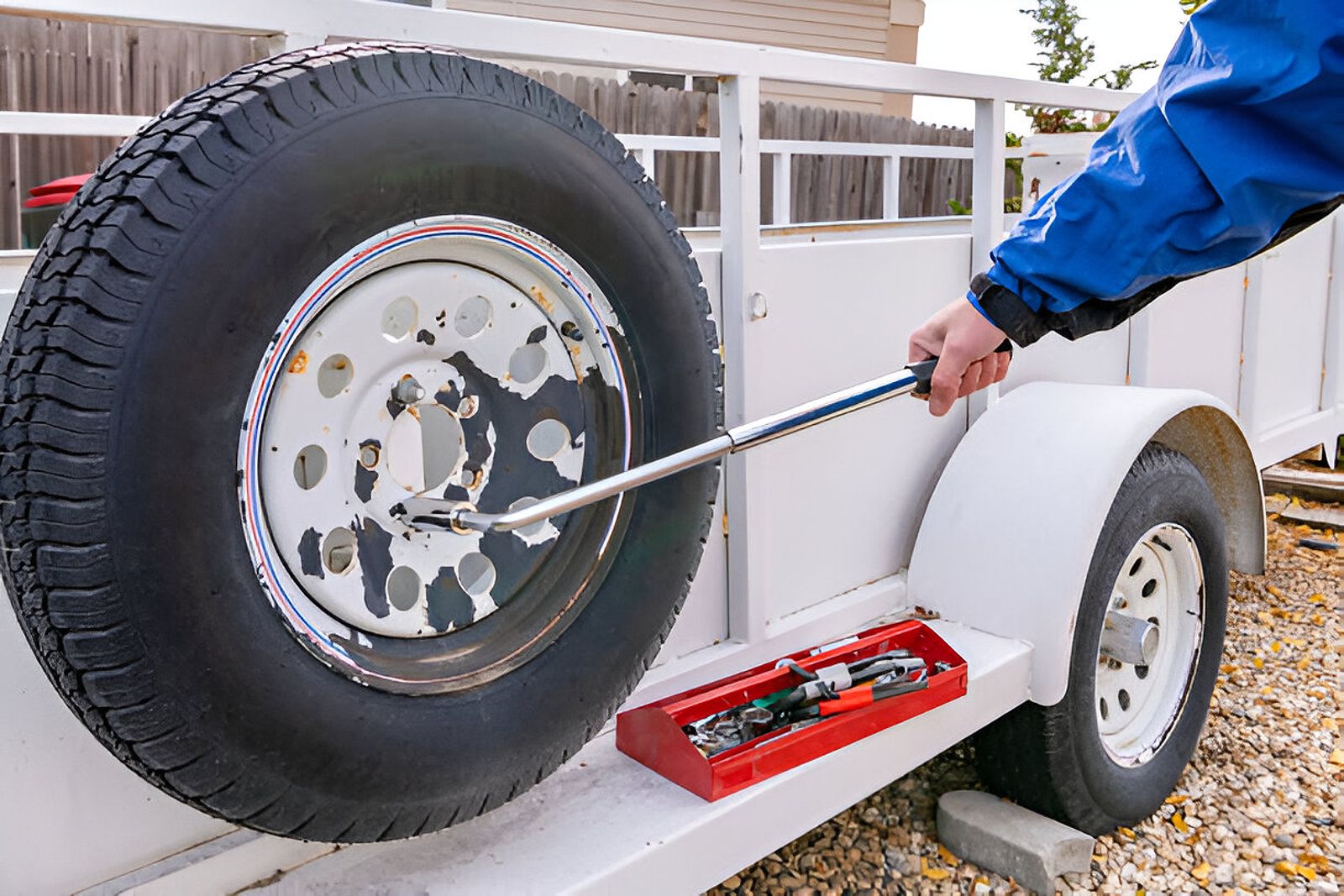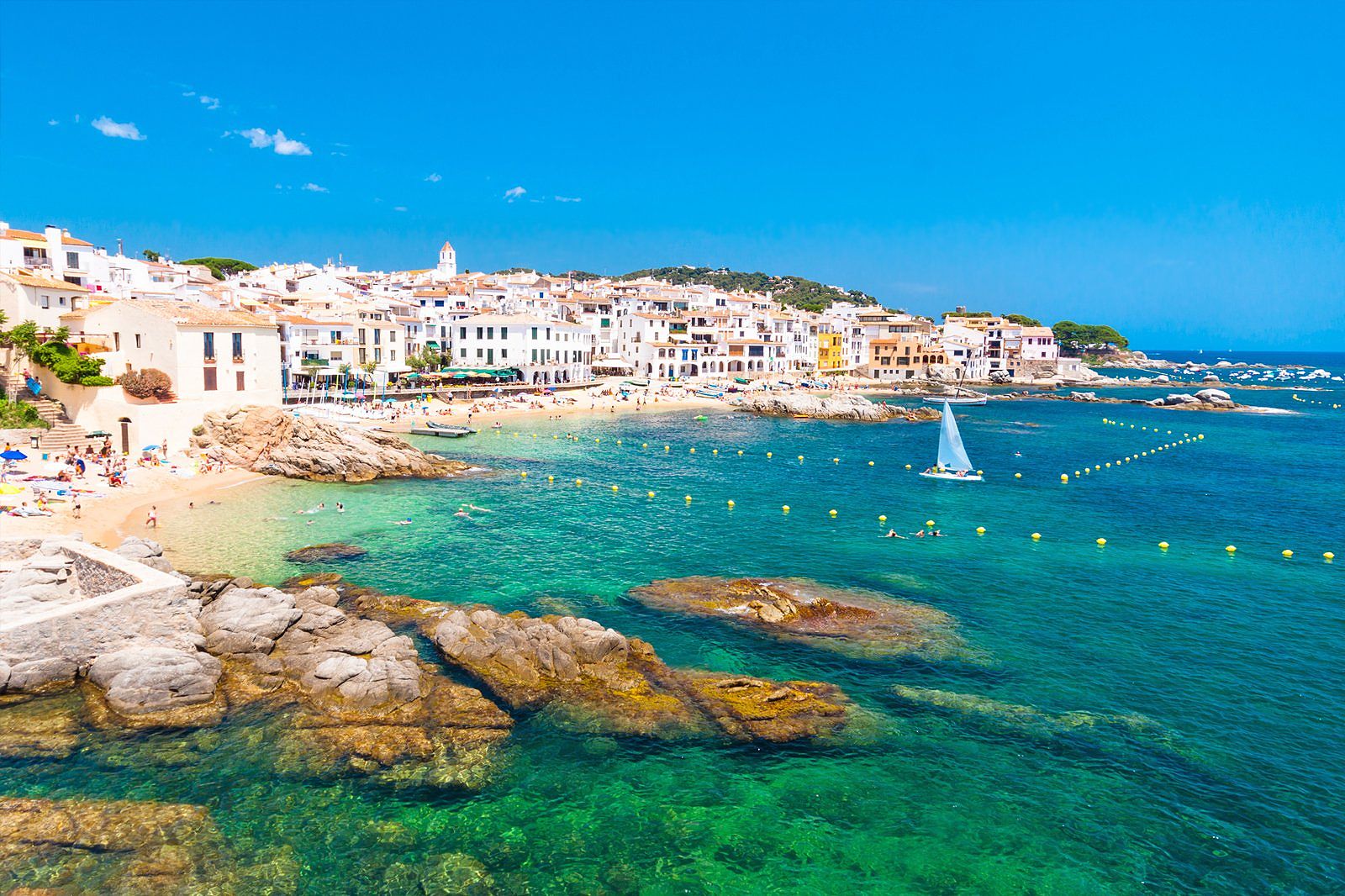The Best Time To Travel To Bali: A Comprehensive Guide For Your Dream Trip
Bali offers a diverse and enchanting travel experience throughout the year, catering to a wide range of interests and budgets. Whether you’re seeking the best waves for surfing, the most serene beaches for relaxation, or the most vibrant cultural events, knowing the best time to travel to Bali can enhance your experience.
Understanding Bali’s Seasons and Climate
Bali’s tropical climate is divided into two distinct seasons: the dry season from April to September, and the wet season from October to March. Each season offers its own unique charms and considerations for travelers.
Dry Season (April – September)
During the dry season, Bali enjoys consistent offshore winds and swells originating from the Indian Ocean. This leads to larger, more powerful waves, making it an ideal time for surfers of all levels. However, this period also coincides with the island’s peak tourist season, resulting in more crowded beaches and surf spots.
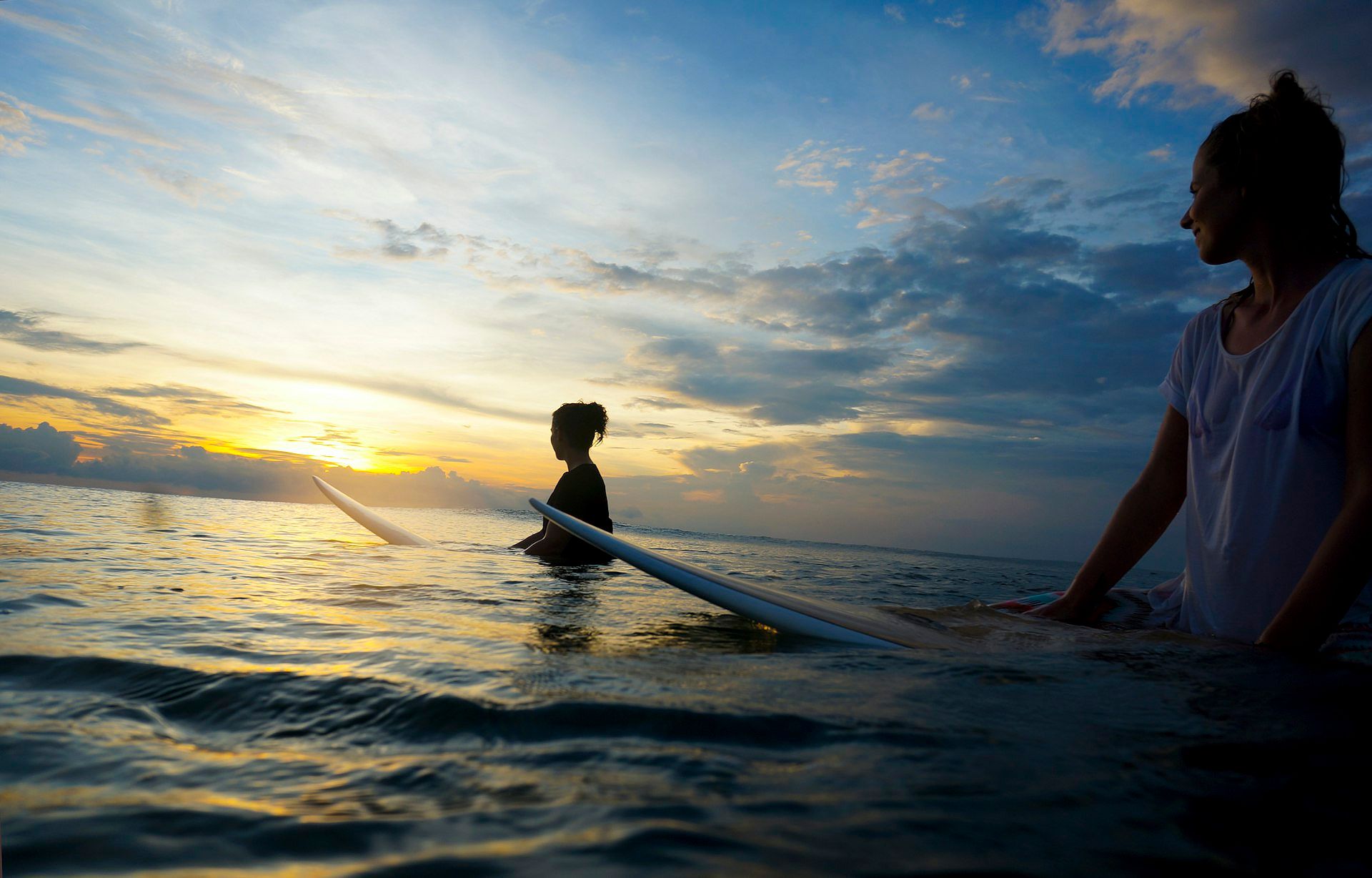
The weather is generally dry, sunny, and warm, with average temperatures ranging from 25°C to 33°C. Humidity levels are relatively low, and rain showers are infrequent, making it a popular time for beach vacations and outdoor activities.
Wet Season (October – March)
In contrast, the wet season brings stronger onshore winds and larger swells, particularly on the eastern coast of the island. While the weather can be unpredictable, with occasional heavy rain, the surf conditions during this period can be phenomenal for experienced surfers. The crowds tend to thin out, allowing for a more relaxed surfing experience.
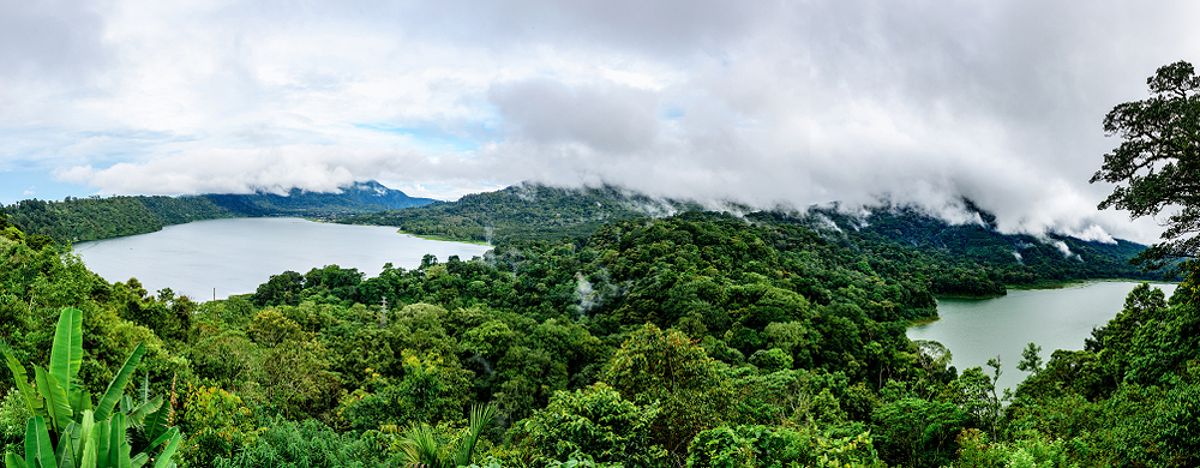
Temperatures during the wet season remain comfortable, hovering between 24°C and 31°C. However, increased rainfall and the potential for thunderstorms may impact outdoor plans and transportation.
Shoulder Seasons (April-June & September-October)
The shoulder seasons, which occur during the transition between the dry and wet seasons, can offer a balance between favorable weather and fewer crowds. These months typically see manageable waves, pleasant temperatures, and a more relaxed atmosphere, making them an excellent choice for those seeking to avoid the peak season hustle.
Best Time to Travel to Bali for Different Interests
Surfing
For surfers, the best time to visit Bali is typically during the dry season, from April to September. This is when the island experiences consistent offshore winds and larger swells, creating excellent conditions for both beginner and experienced surfers.

Popular surf spots like Canggu, Uluwatu, and Nusa Dua are ideal during this period. However, keep in mind that the peak season (July-August) can bring more crowded lineups, so consider exploring less-visited breaks like Nusa Lembongan or Medewi for a more serene surfing experience.
The wet season, from October to March, can also be rewarding for advanced surfers, with powerful swells hitting the island’s eastern coast. Spots like Padang Padang and Balangan offer thrilling conditions, but it’s crucial to be aware of potential hazards like strong currents.
Beach Relaxation
Bali’s beautiful beaches are best enjoyed during the dry season, from April to September. With clear skies, warm temperatures, and gentle winds, this is the prime time to soak up the sun, swim in the crystal-clear waters, and indulge in beachside dining and activities.
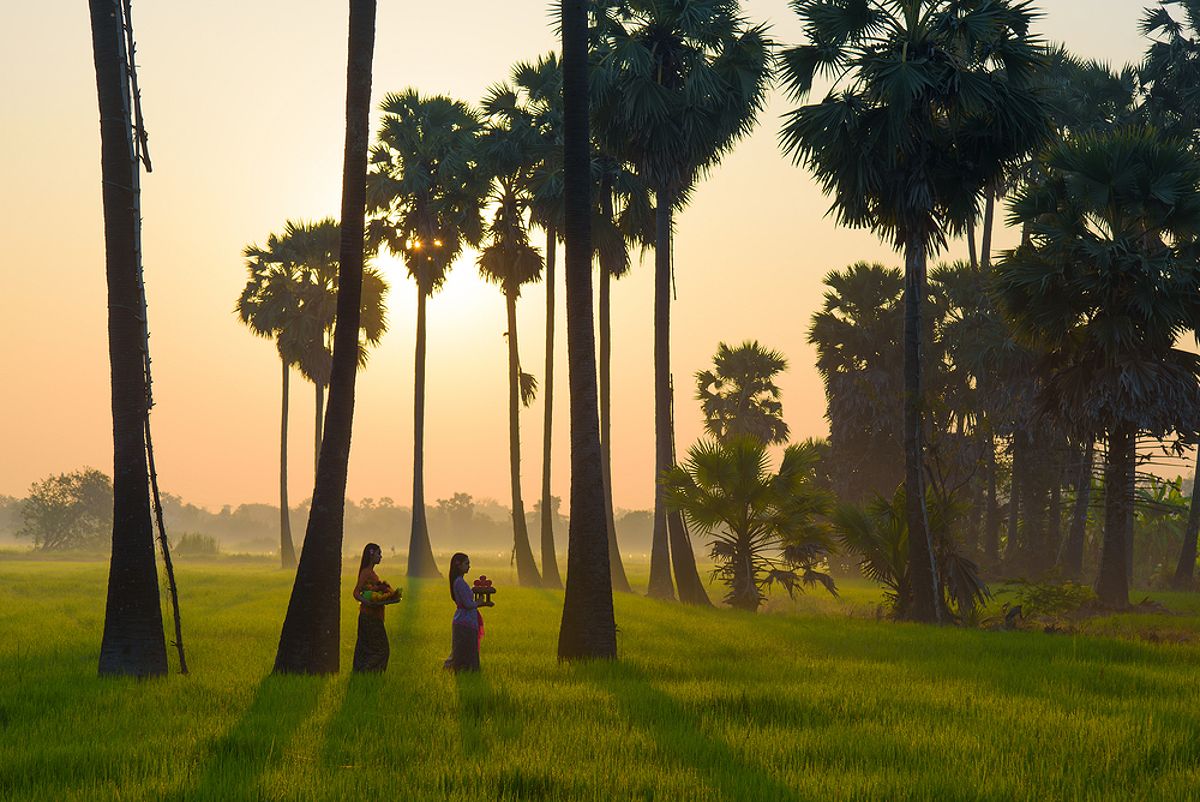
The shoulder seasons of April-June and September-October can also be excellent choices, as you’ll find fewer crowds and a more relaxed atmosphere. If you don’t mind the occasional rainstorm, the wet season can be a great time to experience Bali’s lush, verdant landscapes and take advantage of lower prices.
Cultural Experiences
Bali’s vibrant cultural calendar is in full swing during the dry season, with numerous festivals, ceremonies, and events taking place from April to September. Some of the most popular and festive times to visit include:
- Nyepi (Balinese New Year) in March/April
- Ubud Writers & Readers Festival in October
- Bali Arts Festival in June/July
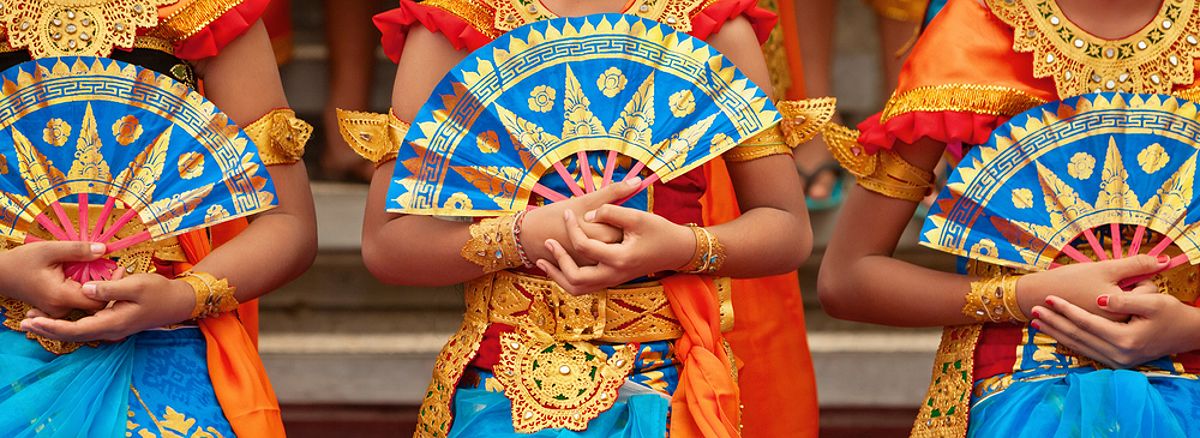
These cultural celebrations offer an immersive experience, allowing you to witness traditional dances, participate in rituals, and engage with the local community. Respect for customs and traditions is essential, so be sure to research and follow local etiquette.
Adventure Activities
The best time for adventure activities in Bali, such as hiking, trekking, and whitewater rafting, is generally during the dry season (April-September). The weather is more stable, with lower chances of heavy rain disrupting your plans.
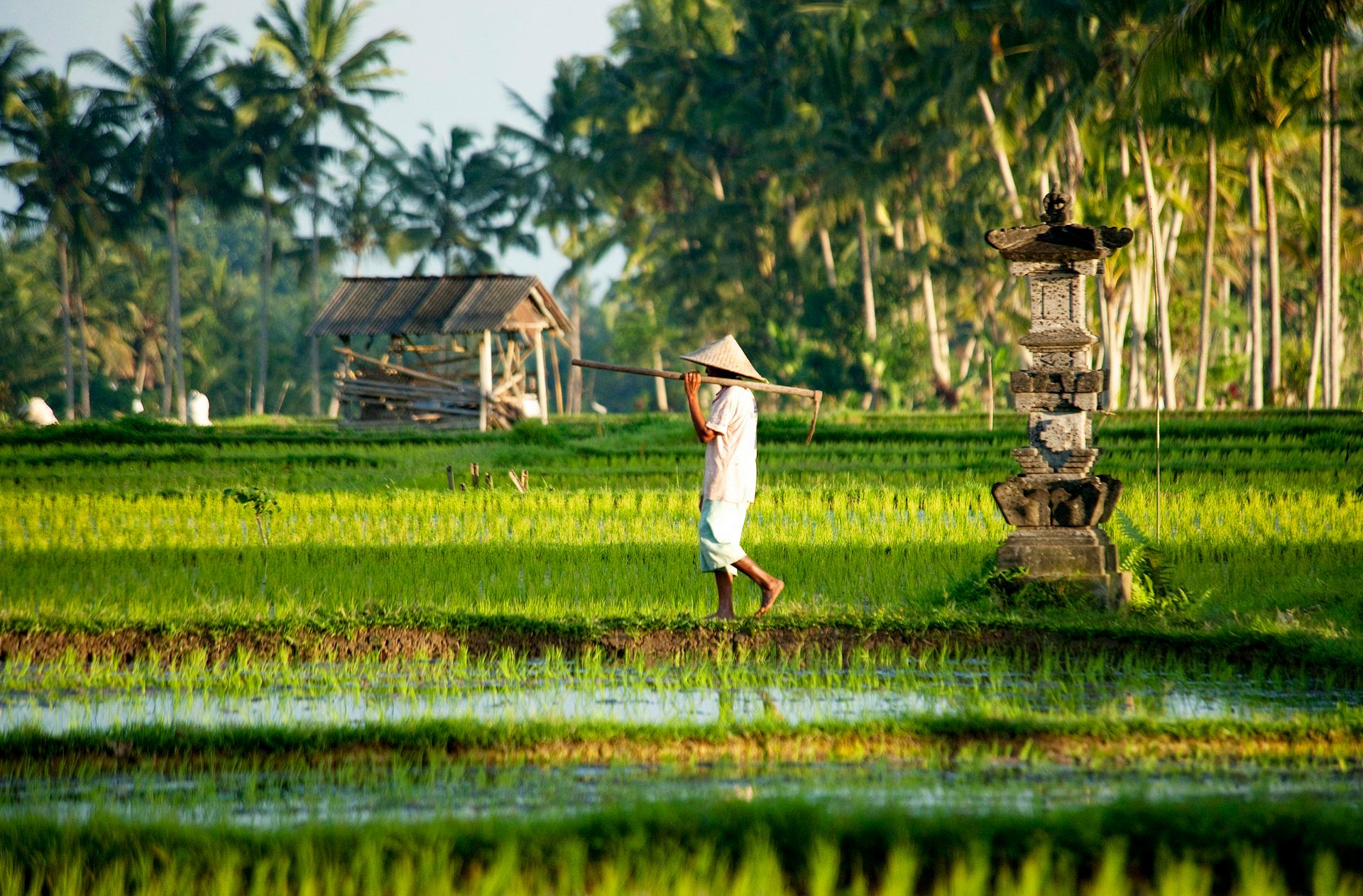
However, the wet season can also present unique opportunities, with lush, green landscapes and fewer crowds at popular adventure destinations. Just be prepared for the occasional downpour and plan your activities accordingly.
Bali Travel Tips for Different Budgets
Budget Travelers
For budget-conscious travelers, the best time to visit Bali is during the wet season (October-March) or the shoulder seasons (April-June and September-October). Accommodation prices, as well as the cost of activities and transportation, tend to be lower during these periods.

Look for affordable hostels, budget-friendly guesthouses, and Airbnb rentals in popular areas like Canggu, Kuta, and Seminyak. Take advantage of local street food markets and public transportation to save on dining and getting around.
Luxury Travelers
If you’re seeking a more high-end experience, the dry season (April-September) is the prime time to visit Bali. This is when you’ll find the island’s luxurious resorts, villas, and spa retreats operating at their peak.
During this period, you can indulge in upscale dining, exclusive activities, and pampering at world-class establishments. Popular destinations for luxury travelers include Nusa Dua, Uluwatu, and the trendy Seminyak area.
Avoiding Crowds and Peak Season
Peak Season
Bali’s peak tourist season typically runs from July to August, coinciding with the dry season and school holidays in many countries. During this time, the island experiences a significant influx of visitors, leading to crowded beaches, longer wait times at popular attractions, and higher accommodation prices.
To avoid the peak season crowds, consider traveling during the shoulder seasons (April-June and September-October) or the wet season (October-March). These periods offer a more relaxed atmosphere and better deals on flights and accommodation.
Shoulder Season
The shoulder seasons of April-June and September-October can be an excellent compromise for those looking to enjoy Bali’s best weather without the overwhelming crowds. During these transition periods, you’ll find manageable waves, pleasant temperatures, and fewer tourists, allowing for a more immersive and serene experience.
This is an ideal time to explore lesser-known areas, discover local hidden gems, and participate in cultural events and festivals without the chaos of peak season.
Low Season
The low season in Bali runs from October to March, coinciding with the wet season. While this period can bring heavier rainfall and occasional disruptions to outdoor plans, it also offers significant discounts on accommodation, flights, and activities.
For travelers who don’t mind the occasional rainstorm and are flexible with their plans, the low season can be a fantastic time to experience Bali. You’ll find smaller crowds, more personalized service, and the opportunity to explore the island’s lush, verdant landscapes.
FAQ
Q: What is the best month to visit Bali for surfing?
A: The best months for surfing in Bali are typically April to June and September to October, when the swell is consistent, and the wind conditions are favorable.
Q: Is it too rainy to visit Bali during the wet season?
A: While the wet season can experience heavy rainfall, it’s still a great time to visit Bali for those who don’t mind a little rain. The lush greenery and fewer crowds make it a unique experience.
Q: What are the best months to visit Bali for cultural experiences?
A: The best months for experiencing Bali’s cultural festivals and events are typically during the dry season (April to September), when there are numerous ceremonies and celebrations.
Q: When is the best time to visit Bali for budget travelers?
A: The cheapest months to visit Bali are typically during the low season (October to March), when accommodation and activities are more affordable.
Conclusion
Bali offers a diverse and enchanting travel experience throughout the year, catering to a wide range of interests and budgets. Whether you’re seeking the best waves for surfing, the most serene beaches for relaxation, or the most vibrant cultural events, there’s an optimal time to visit the island.
By understanding Bali’s seasons and climate, as well as the unique advantages of each travel period, you can plan your dream vacation and make the most of your time on this captivating Indonesian island. So start planning your trip to Bali today and get ready to create memories that will last a lifetime!
MORE FROM ismath.net
